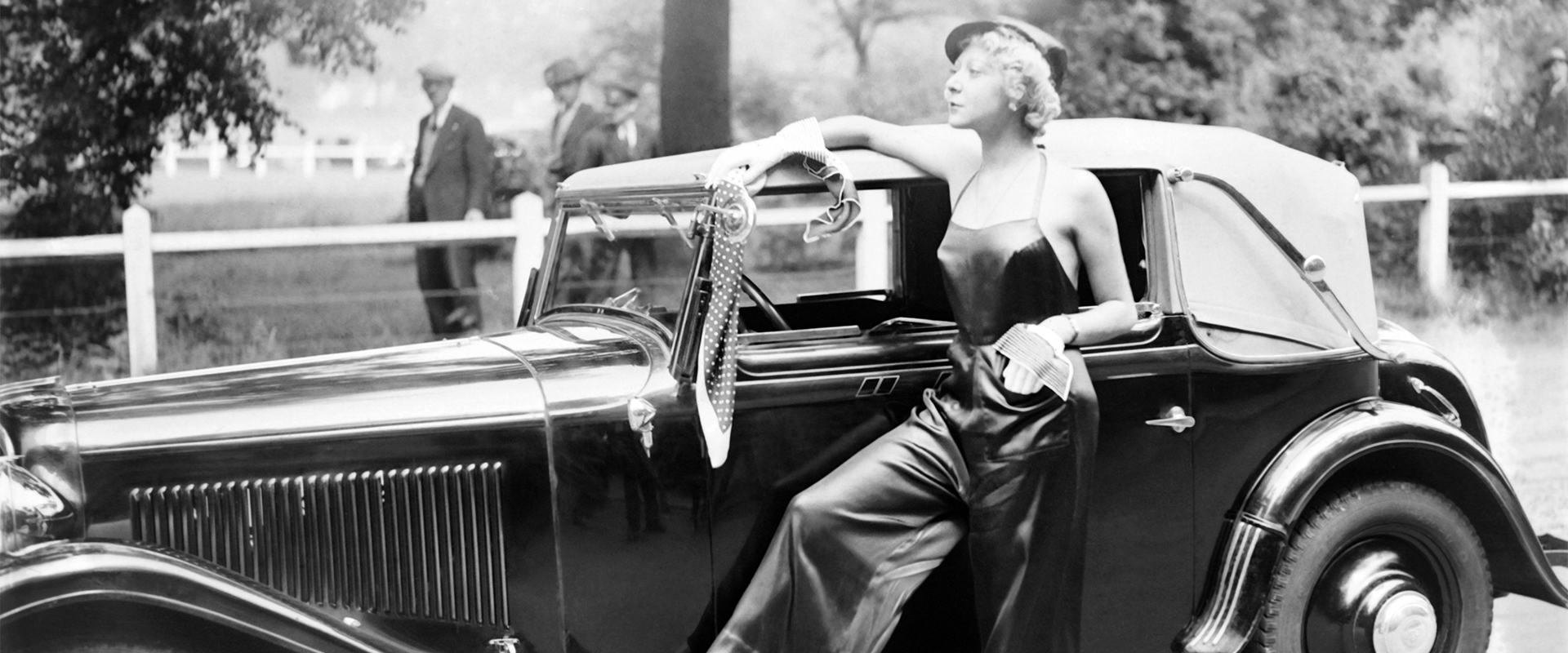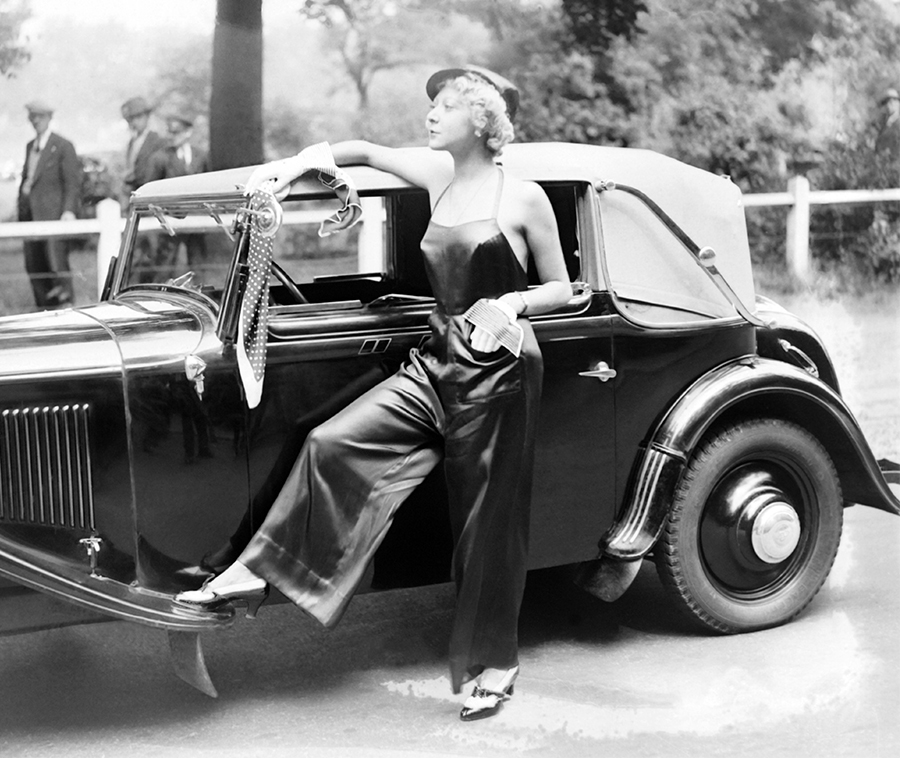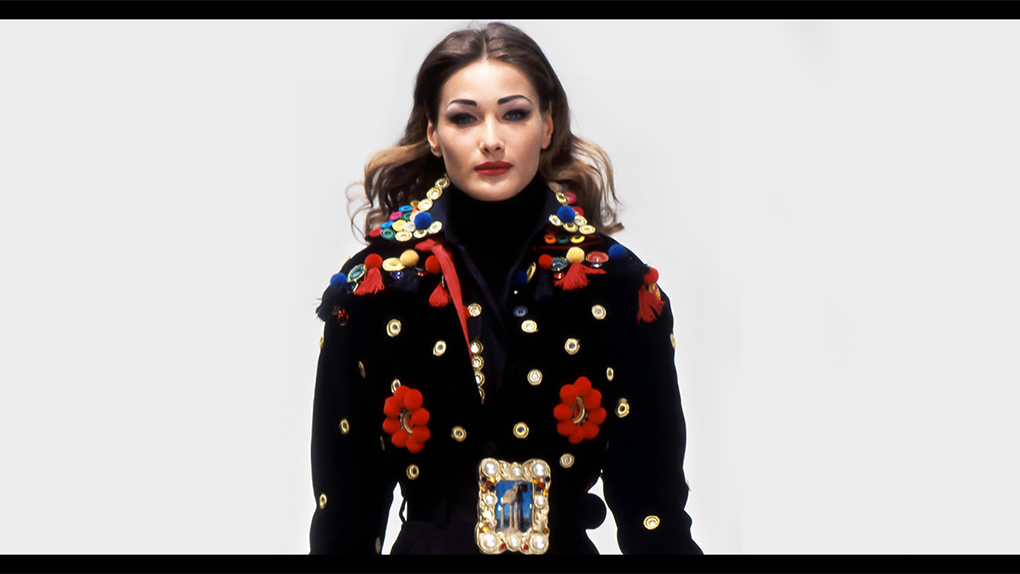The pyjama, an everyday item, or a glamorous subversion of fashion etiquette, remains unmoved in fashion, yet mirrors the changing times.
This season, the pyjama is enjoying yet another renaissance in fashion, and in part, this is thanks to Dolce&Gabbana, who has included the pyjama both in the “Italia is Love” fashion show collection and also created a special capsule entirely dedicated to the humble yet luxurious garment.
On the 24th February, Dolce&Gabbana threw a Pyjama Party in LA, with many of the biggest movers and shakers from the jet set, Hollywood and fashion world attending in their personalized PJs. But the pyjama is not a novelty in circles known for their discerning fashion tastes and trend setting. Here is a brief history of how the simple, even humble pyjama conquered the world.
The word pyjama, and the garment was incorporated into the English language via Bengali, during the Raj. The worldwide use of pyjamas in fact is a direct result of British presence in India in the 18th and 19th centuries, and the Imperial influence in the West at that time. Pyjamas, which were recorded as the “uniform” of both the Indian gentry and peasants, also transcended sex, being worn by both men and women. The pyjamas were first introduced in Britain in the 17th century, originally known as mogul’s breeches, but they only became popular as loungewear for men from about 1870.
Pyjamas were one half of a home wear look and were worn underneath another item which passed from the confines of the home to society, the smoking jacket. Popular with men (who in those times wore the trousers – both literally and physically), the pyjamas however remained a luxurious yet comfortable option for lounging until the beginning of the 20th century.
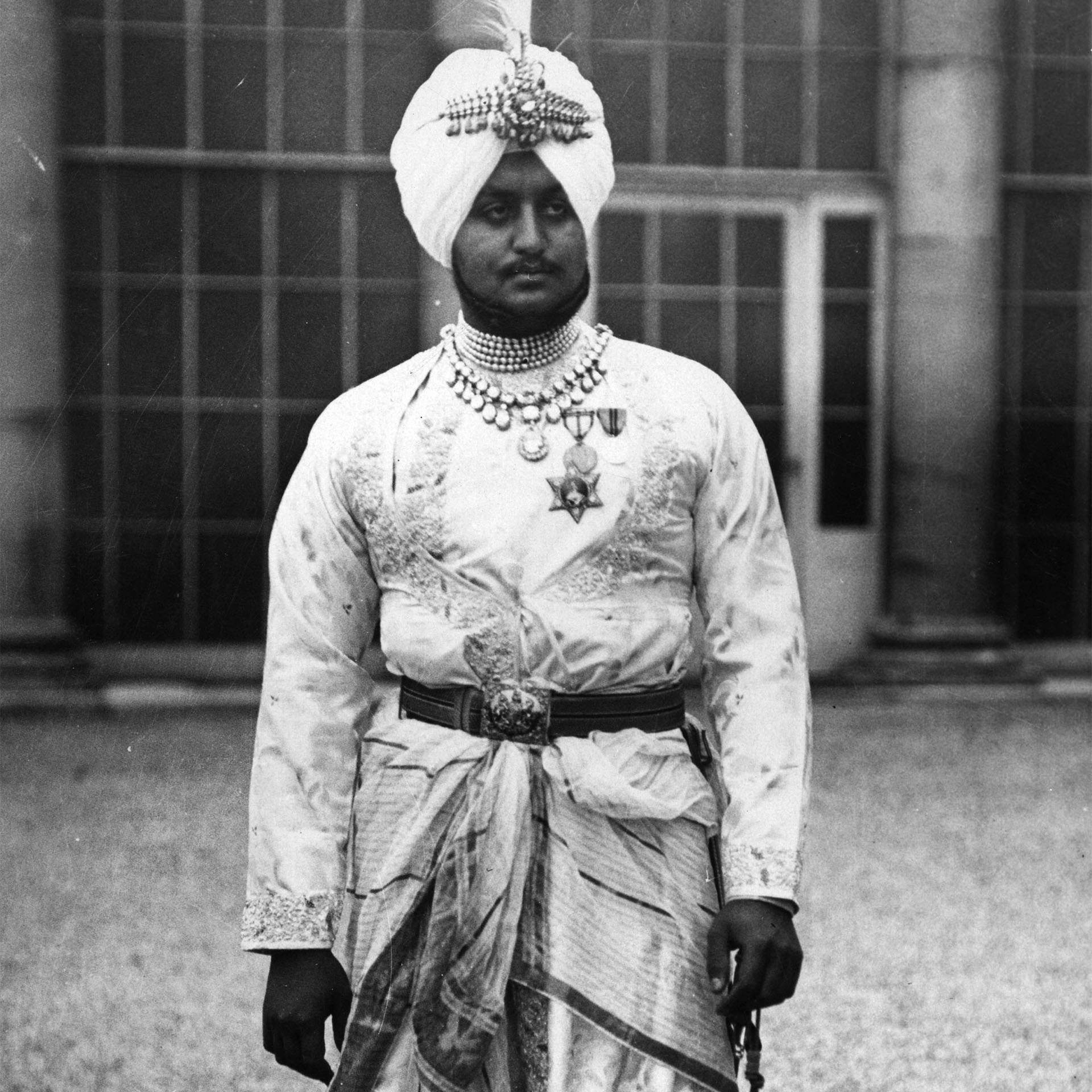
The liberation of the pyjama in fact can in many ways be associated with the “liberation” of women, with pioneers in both fashion, and feminism making brave pyjama based statements. The most eminent name in terms of both fashion and the women’s movement in the twenties and thirties was of course Coco Chanel, French designer, feminist, and one of the biggest influences in modern fashion. She herself was often snapped in pyjamas, accessorized with her signature pearls and effortless elegance.
It may have been the origins of the pyjama, its exotic, genderless and classless connotations, or maybe the fact that the first allowed to wear it, and bask in its comfort were men, but in the 1930s, pyjamas became a sought after garment by women, from all walks of life. Gamines looking to make a statement embraced the pyjama as a uniform, and for women of the jet set, the pyjama became the perfect cover up for the beach.
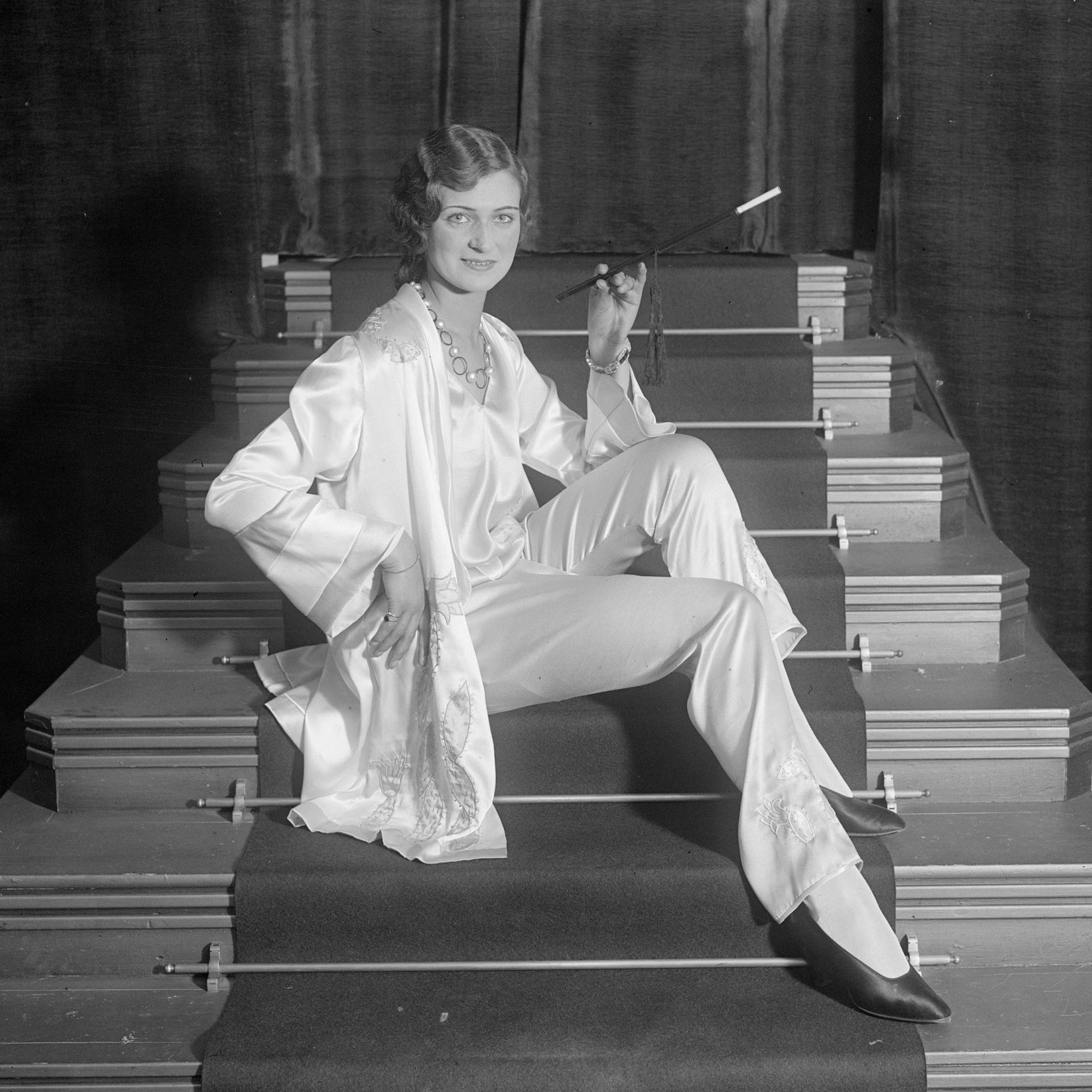
The look continued its success in trend setting circles and everyone who was anyone would own and wear one, from Greta Garbo to Joan Crawford. During the War, the pyjama, much like other fashion statements, became less important, until the Georgian Princess, model and PR for the Sorelle Fontana Atelier in Rome Irene Galitzine brought it back to the fore. Her love for the pyjama influenced many of her designer connections from Schiaparelli to Givenchy, and thus the pyjama lived a second life as part of the post war fashion renaissance.
The look was then revived once again in the Seventies, with British designers like Ozzie Clarke, master of prints, kaftans and pyjamas dressing the influential Kings Road crowd and later the rest of the fashion set from Studio 54 to Rodeo Drive.
Ducking in and out of fashion until its latest renaissance in 2016, the pyjama has been a canvas for many designers to express their creativity and for costumers to comment on the state of society and their position within it.
Cover Credits: Miss Moussia Presents A New Pajama For Women drivers – ©Getty
First image credits: Maharadsha of Patiala / Photo c. 1920 – Patiala, Maharadsha; member of the Expeditioncorps under Maharadsha Pertab Singh.
Photo, undat. (c. 1920). ©MONDADORI PORTFOLIO/AKG Images
Second image credits: Parisian Pyjamas – ©Getty

